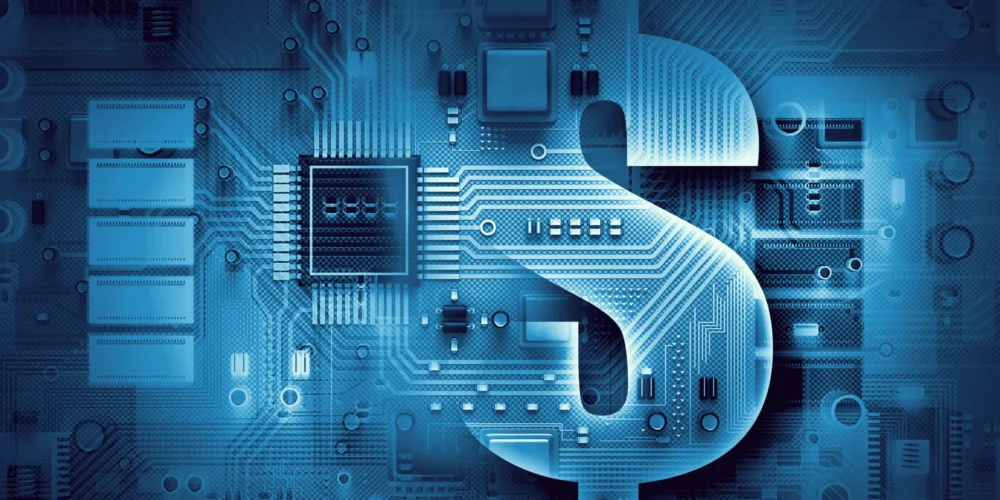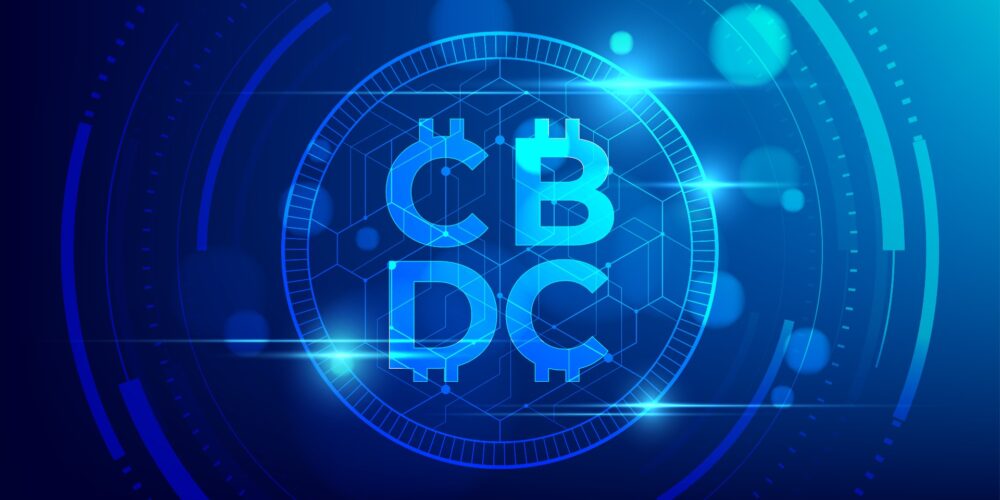The Reserve Bank of India (RBI) has officially launched the offline digital rupee (e₹), a revolutionary initiative designed to bring cash-like digital payments to regions with limited or no internet connectivity. Unveiled during the Global Fintech Fest 2025 in Mumbai, this central bank digital currency aims to enhance financial inclusion and bolster India’s burgeoning digital economy with instant and programmable transactions.
What is the Digital Rupee?
The offline digital rupee, commonly referred to as e₹, represents India’s central bank digital currency (CBDC) that aims to modernize and digitize the financial landscape. As a digital twin of the physical rupee, e₹ is issued directly by the RBI and stored in secure digital wallets provided by various banks and financial institutions. This innovative currency carries the same trust and security as physical cash, yet operates in a completely digital format.
Unlike traditional currencies, the e₹ enables users to execute transactions electronically, providing a seamless transition from cash to digital payments. This newfound capability empowers a demographic that historically relied solely on cash, providing them with convenient access to financial services and helping bridge the gap in digital adoption.
Key Features: e₹ vs UPI
One of the standout features of the e₹ is that it functions similarly to digital cash, distinguishing it significantly from the Unified Payments Interface (UPI), which primarily facilitates direct transfers between bank accounts. With e₹, users can make instant payments without the necessity for a bank account for every transaction, expanding the usability of digital currency.
Moreover, users can utilize e₹ wallets to scan UPI QR codes, allowing for effortless payments to merchants and boosting trade in local communities. Currently available through 15 pilot banks, including giants like State Bank of India and ICICI Bank, the e₹ represents a user-friendly platform for engaging with digital transactions.
Offline Functionality: Bridging the Connectivity Gap
The advent of the e₹ is particularly exciting for remote and rural regions where accessing reliable internet can be a challenge. Designed specifically to cater to these areas, the offline capabilities of e₹ allow users to conduct transactions without being tethered to a stable internet connection. This includes innovative telecom-assisted payment options and NFC-based tap payments, which make use of minimal network signals.
Such advancements mean that transactions can be completed instantly between digital wallets, enhancing efficiency while rendering the use of physical cash unnecessary. By allowing users to engage in financial activities in areas where internet connectivity is scarce, the RBI is tackling one of the most persistent barriers to financial inclusion.
Programmable Transactions: The Future of Financial Interventions
Diving deeper into the capabilities of e₹, the introduction of programmability elevates its utility to unprecedented levels. Users can impose restrictions on funds based on purpose, expiry dates, geographical locations, or merchant categories. This feature not only enhances personal financial management but also significantly facilitates targeted government schemes.
A practical application of these programmable features can be found in initiatives like Gujarat’s G-SAFAL, which focuses on providing livelihood assistance through restricted funds for agricultural inputs, and Andhra Pradesh’s DEEPAM 2.0, which offers LPG subsidies through programmable transactions. Such targeted financial interventions are expected to streamline corporate disbursements and enhance public welfare through effective resource distribution.
Integrating with India’s Digital Future
The launch of the digital rupee is a significant component of India’s overarching Digital Public Infrastructure (DPI), which includes systems like Aadhaar, UPI, and DigiLocker. This integration provides a powerful backbone for expanding financial inclusion and nurturing FinTech innovation across not only urban but also rural landscapes.
RBI Governor Sanjay Malhotra lauded the initiative, stating,
“The e₹ will fortify our digital economy by providing secure, scalable, and efficient financial services, especially in underserved regions.”
By embedding the e₹ into the existing digital ecosystem, the RBI is unlocking new pathways for financial accessibility and innovation.
India on the Global Stage: A CBDC Pioneer
The introduction of offline and programmable features positions India at the forefront of the global digital currency revolution. As one of the first countries to operationalize a CBDC that operates independently of constant internet connectivity, India is setting a benchmark for other nations grappling with similar challenges in adopting digital currencies.
This pioneering move not only reflects India’s commitment to enhancing financial inclusion and literacy but also signals a shift towards a more secure and efficient economic infrastructure. As the digital landscape continues to evolve, the e₹ could very well represent the future of monetary transactions worldwide.
Embracing the Future of Finance
The launch of the offline digital rupee heralds a new era for financial services in India, promising to break barriers that have confined many to cash-based transactions. As the country embraces this revolutionary currency, the implications for economic development, financial literacy, and overall empowerment are substantial. The success of the e₹ will depend on its ability to adapt and grow within the context of India’s diverse economic landscape, pushing towards a more inclusive digital future.





